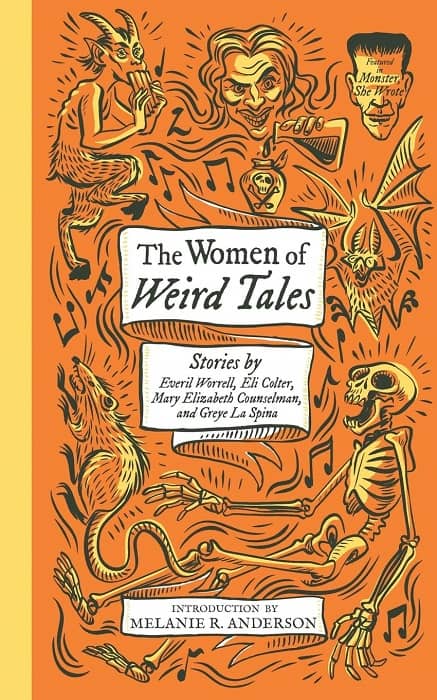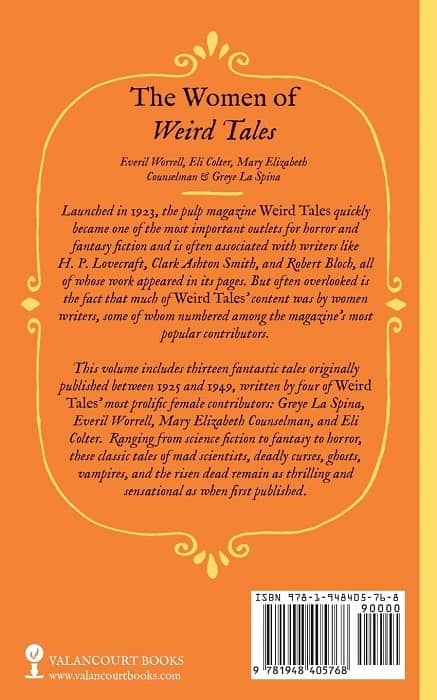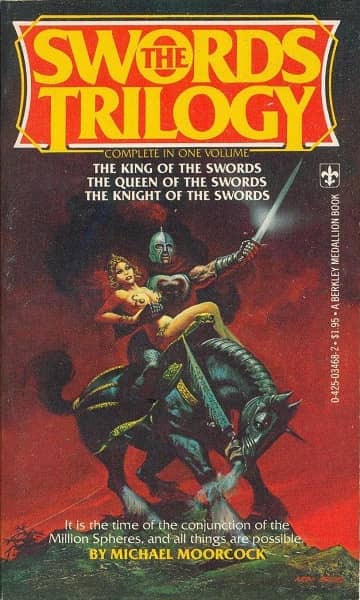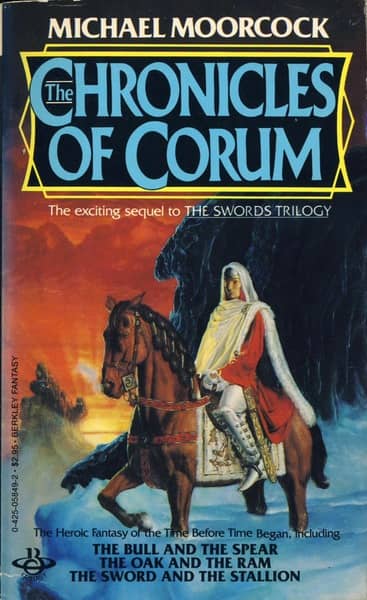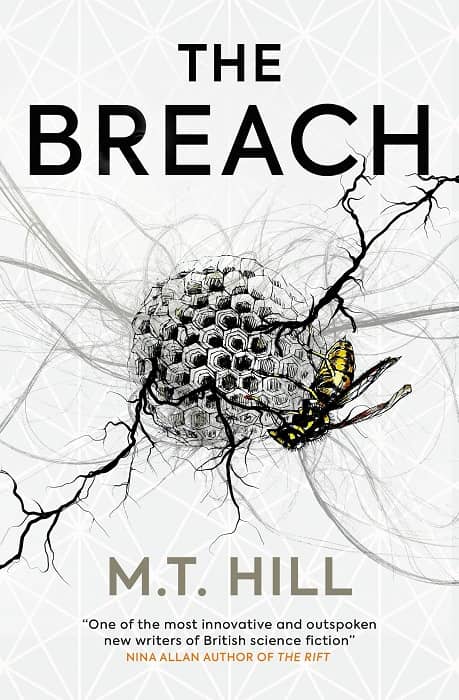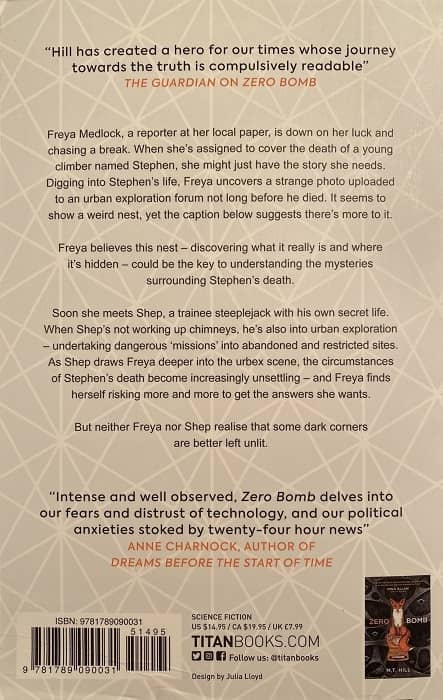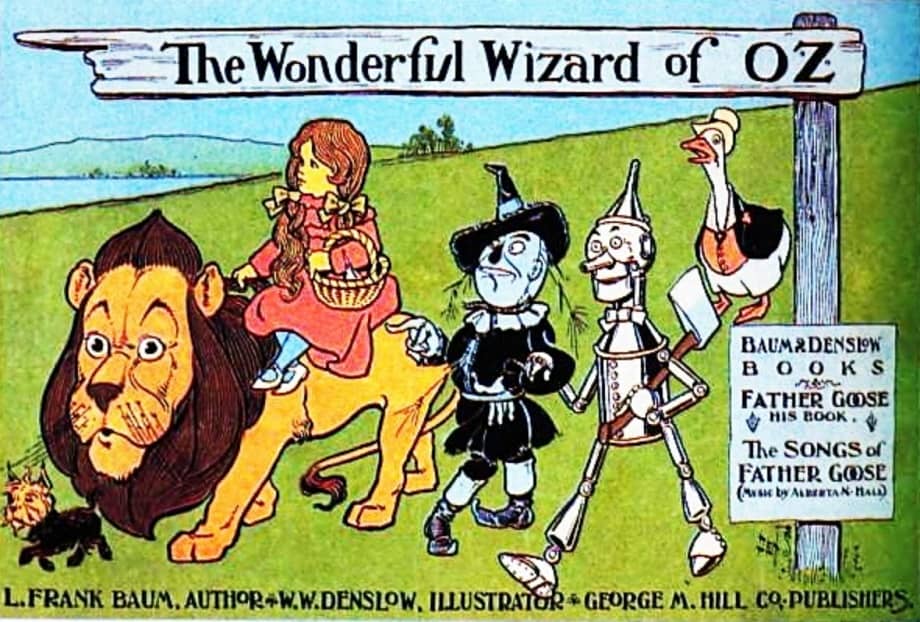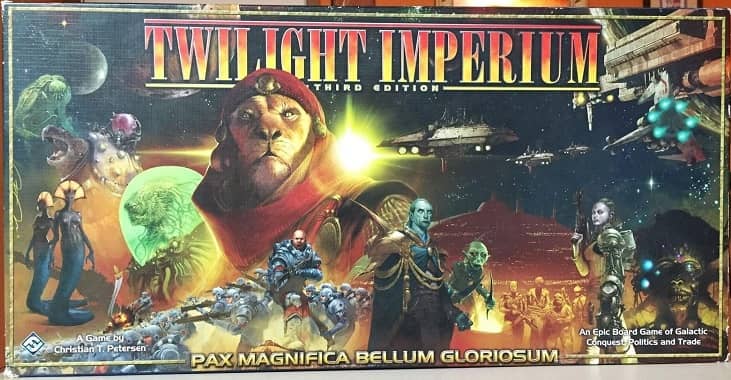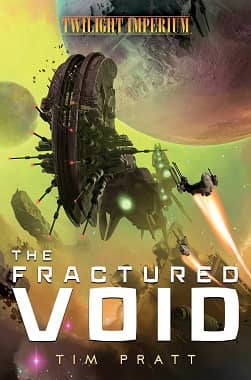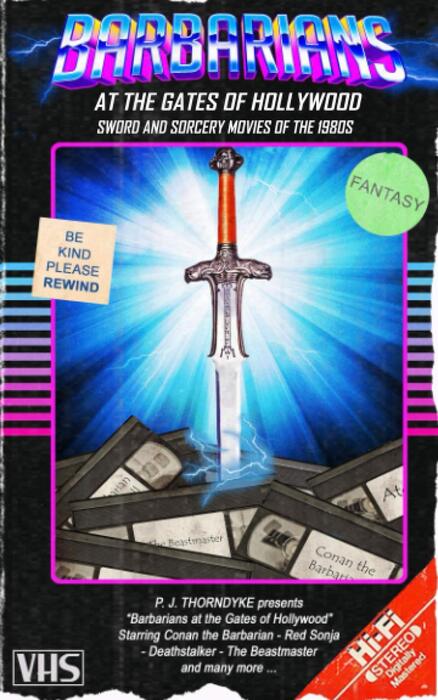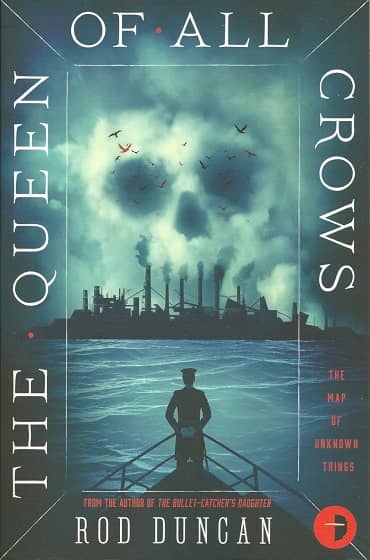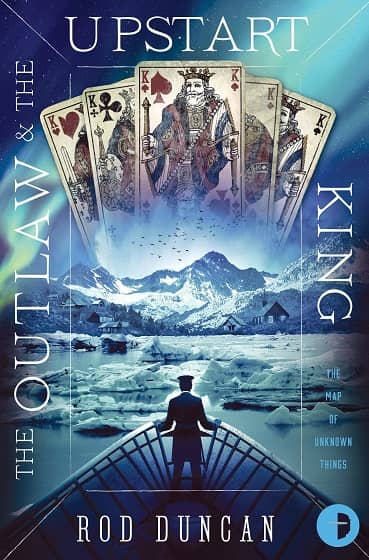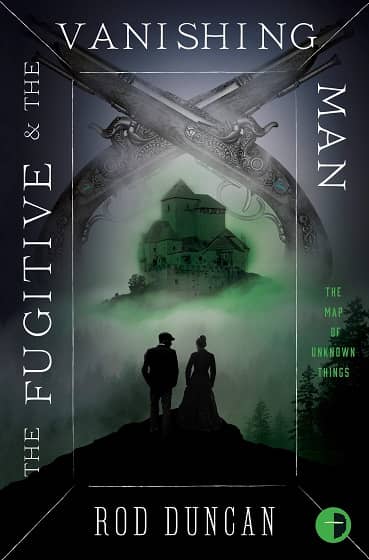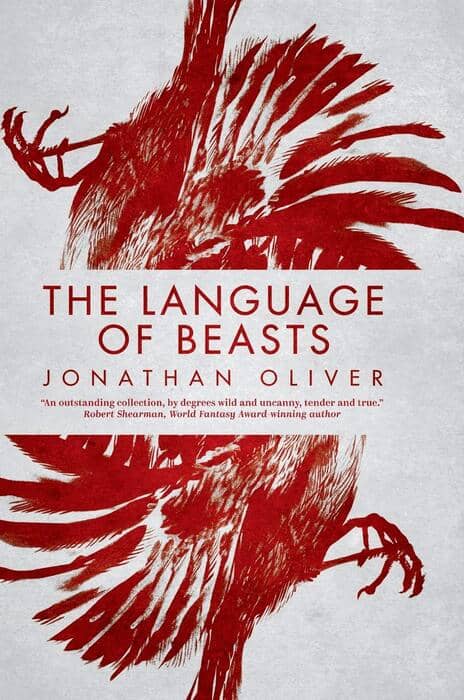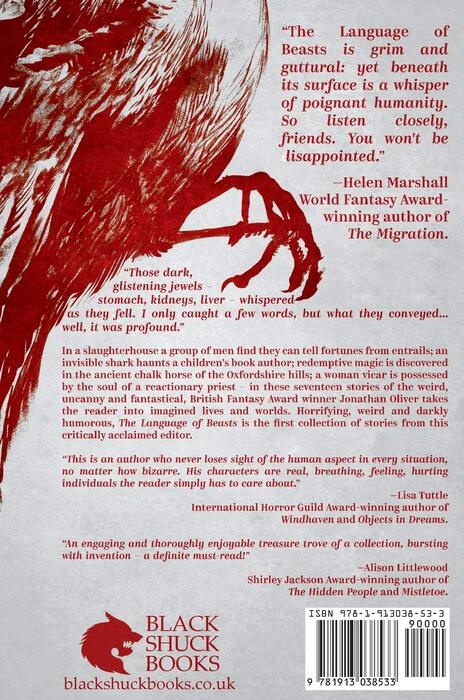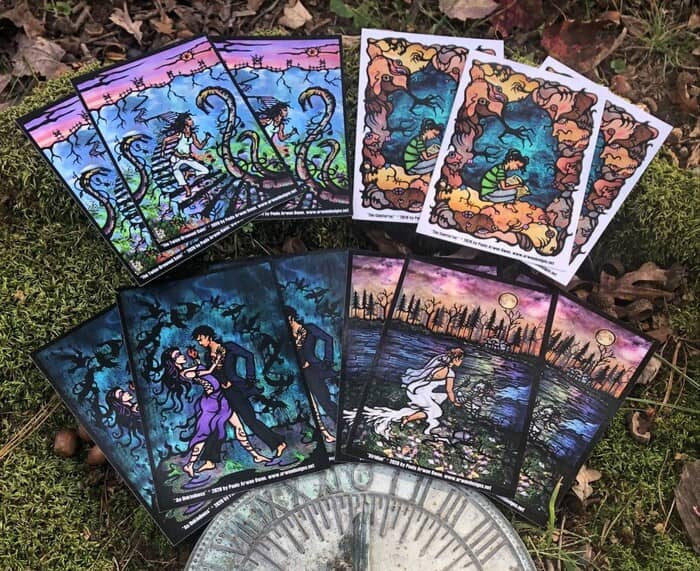Vintage Treasures: Dorothea Dreams by Suzy McKee Charnas
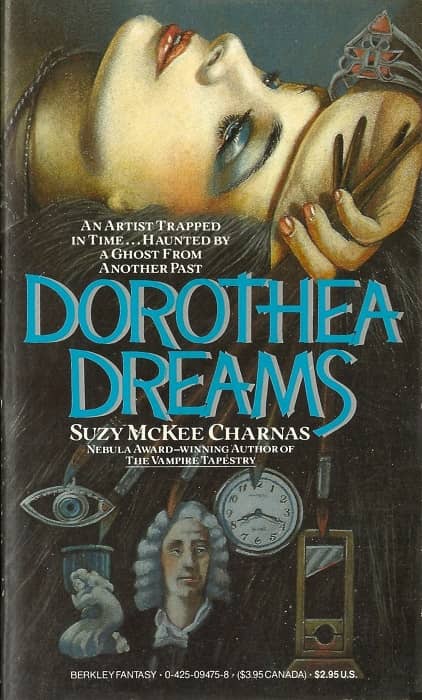 |
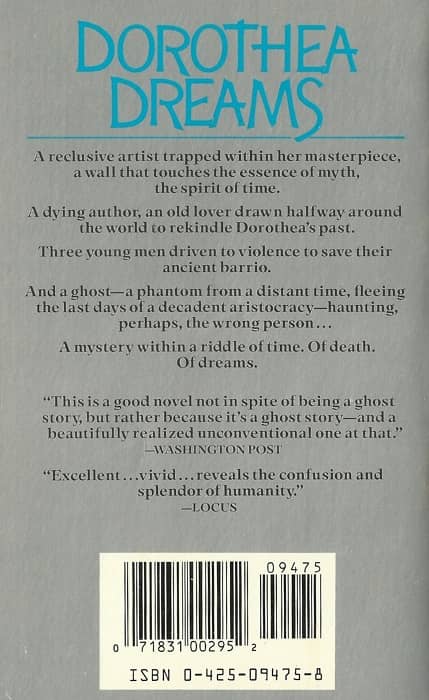 |
Berkley Books (1987). Cover uncredited
Suzy McKee Charnas has won virtually every major accolade our genre has to offer, including the Nebula, Hugo, and James Tiptree Jr. awards. Perhaps her most famous work is The Vampire Tapestry (1980), a non-supernatural tale of vampires with an SF premise. Her four-volume Holdfast Chronicles, which opened with Walk to the End of the World (1974), is a modern classic of feminist science fiction.
Dorothea Dreams, her fifth novel, is supernatural horror; The Washington Post called it “a ghost story — and a beautifully realised unconventional one at that.” It’s the tale of Dorothea Howard, a New Mexico artist haunted in her dreams by a ghost from the French Revolution. Midlist horror didn’t get a lot of critical notice in the mid-80s, but Dorothea Dreams did. This review from Publisher’s Weekly is fairly typical of the book’s warm reception.
For two years artist Dorothea Howard has been embedding fragments of pottery, wire and glass in the wall of black volcanic rock on her property near Taos. Her solitude is broken when her old friend Ricky, a British travel writer dying of cancer, arrives, saying simply he was drawn to visit. While trying to unravel Dorothea’s complex, frightening dreams which feature a 19th century lawyer who is a survivor of the French Revolution, Ricky urges his reluctant friend to show others the wall… Then a group of Chicano teenagers hunted by the police takes over the house… Charnas (The Vampire Tapestry) is billed as a fantasy writer, but this novel, as beautifully layered as Dorothea’s wall, is also a very human story about love and loss and continuation.
Dorothea Dreams was published by Arbor House in 1986, and reprinted in paperback by Berkley Books in January 1987. The paperback edition is 246 pages, priced at $2.95. The cover is uncredited.
See all our recent Vintage Treasures here.
